During autumn and spring when the ground turns into muddy and wet swamps, the horse's hooves are exposed to great stress.
When it is wet and the temperature is right for bacterial growth, bacteria come to the surface from the ground. This creates a breeding ground for infections and hoof problems, especially for Icelandic horses that are often outdoors year-round.
In addition, the soft surface can help the hooves adapt to that type of wear, which makes our Swedish gravel roads extra hard and tiring for the horse's hooves.
With bacteria thriving in the mud and a surface that wears down the hooves, it is important to have a thorough hoof care routine to keep your horse healthy and problem-free.
Here are some important tips for managing hooves during the muddy season and avoiding the most common pitfalls.
- Daily inspection : Inspect your horse's hooves daily for any sores, swelling, or other problems. Muddy, soft pastures increase the risk of infection, and a daily inspection can help detect problems early.
- Thorough cleaning : Clean the hooves daily to remove mud and dirt. Use a hoof scraper to remove soil and any stones that may be stuck. Rinse the hooves with water as needed and be sure to dry them thoroughly to avoid creating a moist environment where bacteria can thrive.
- Let the mud dry before brushing : If the hooves become extremely muddy, let the mud dry and then brush it off. Cleaning the hooves when the mud is wet can be difficult and can create a favorable environment for bacterial growth.
- Using hoof oil or hoof grease: Apply hoof oil or hoof grease regularly to keep the hooves soft and prevent cracking. This is especially important in muddy and soft pastures where the hooves can become brittle and at risk of drying out.
- Strengthen hooves from the inside : add supplements such as zinc and MSM to stimulate hoof growth and quality.
- Create gravel areas in the paddock : If possible, create gravel areas where the horse can stand and eat. This can help reduce the amount of mud the hooves come into contact with, reducing the risk of hoof problems.
- Hoof guards when needed : If your horse has sensitive hooves or if the ground conditions are particularly challenging, using hoof guards can be helpful. Hoof guards can provide extra support and protect the hooves from excessive wear.
General tips for dealing with wet and muddy season
- Allow the mud to dry and then brush it off, rather than rinsing the mud off with water unless necessary. Rinsing the horse's legs can create an environment where bacteria thrive if the legs are not dried thoroughly afterwards.
- Avoid using boots and shin guards in muddy conditions, as they can collect gravel and mud, which can cause chafing and further irritation in the joints.
- Try to give the horse access to dry ground, at least part of the day, to give the hooves a chance to dry out.
Don't be afraid of the mud, but keep an eye on the hooves and take care of problems before they get too far.


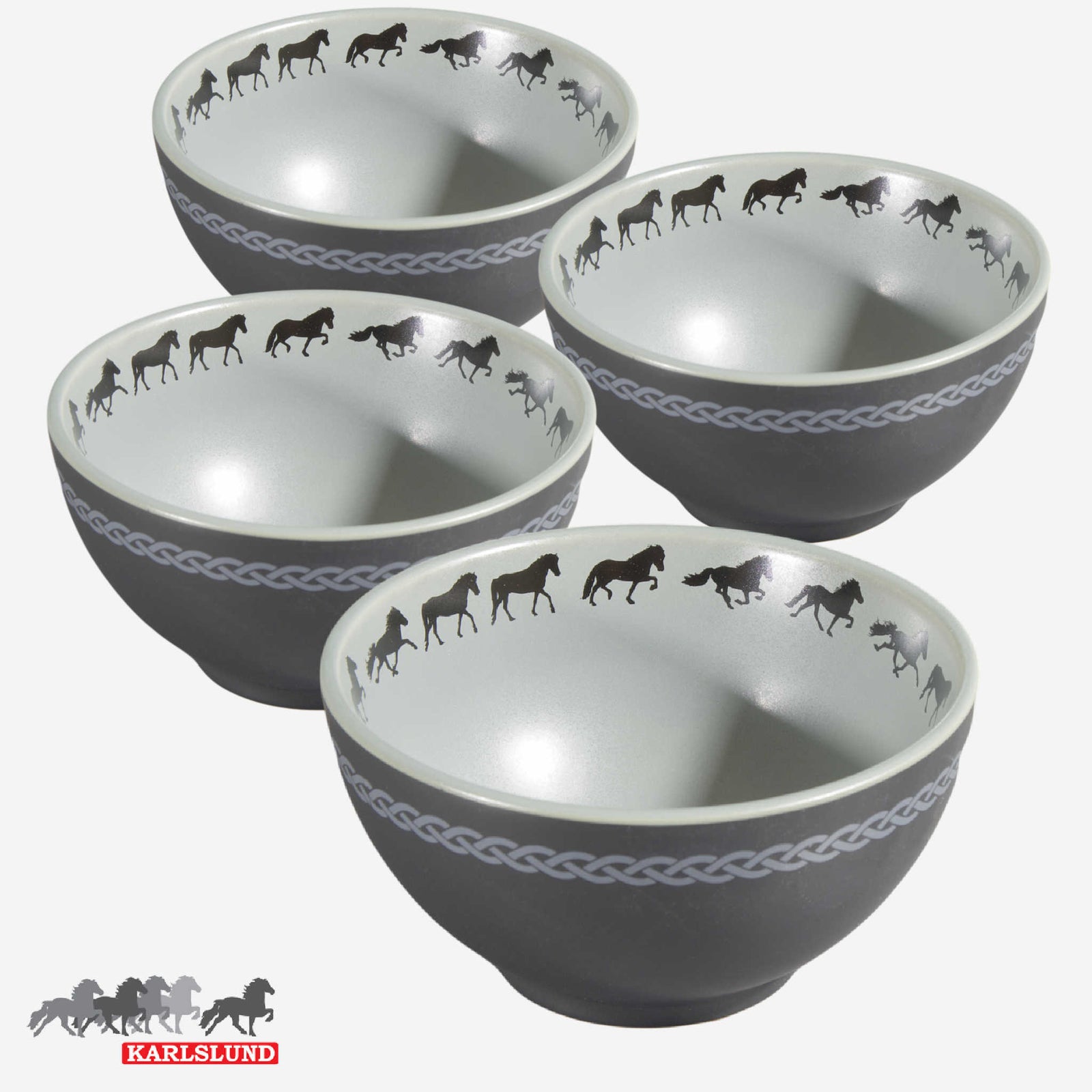

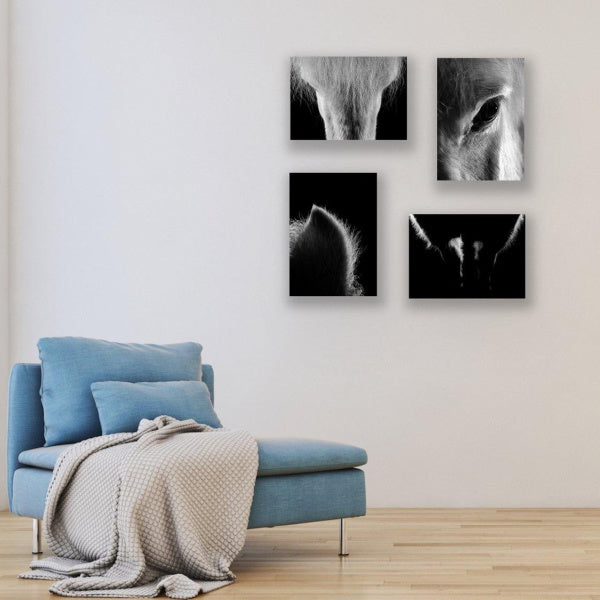
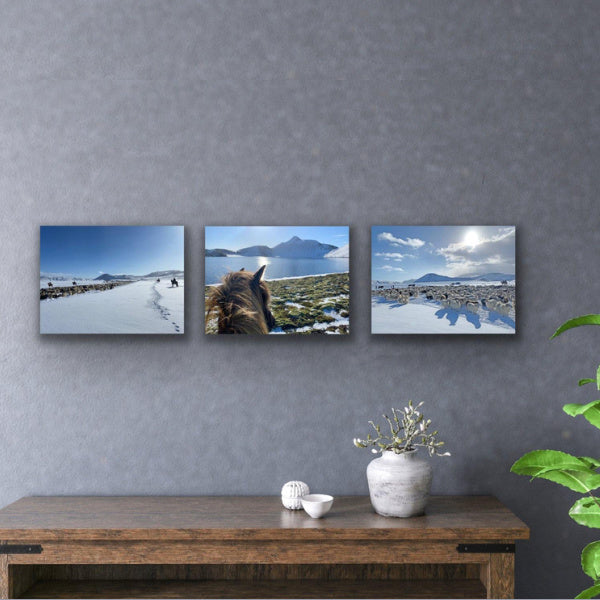


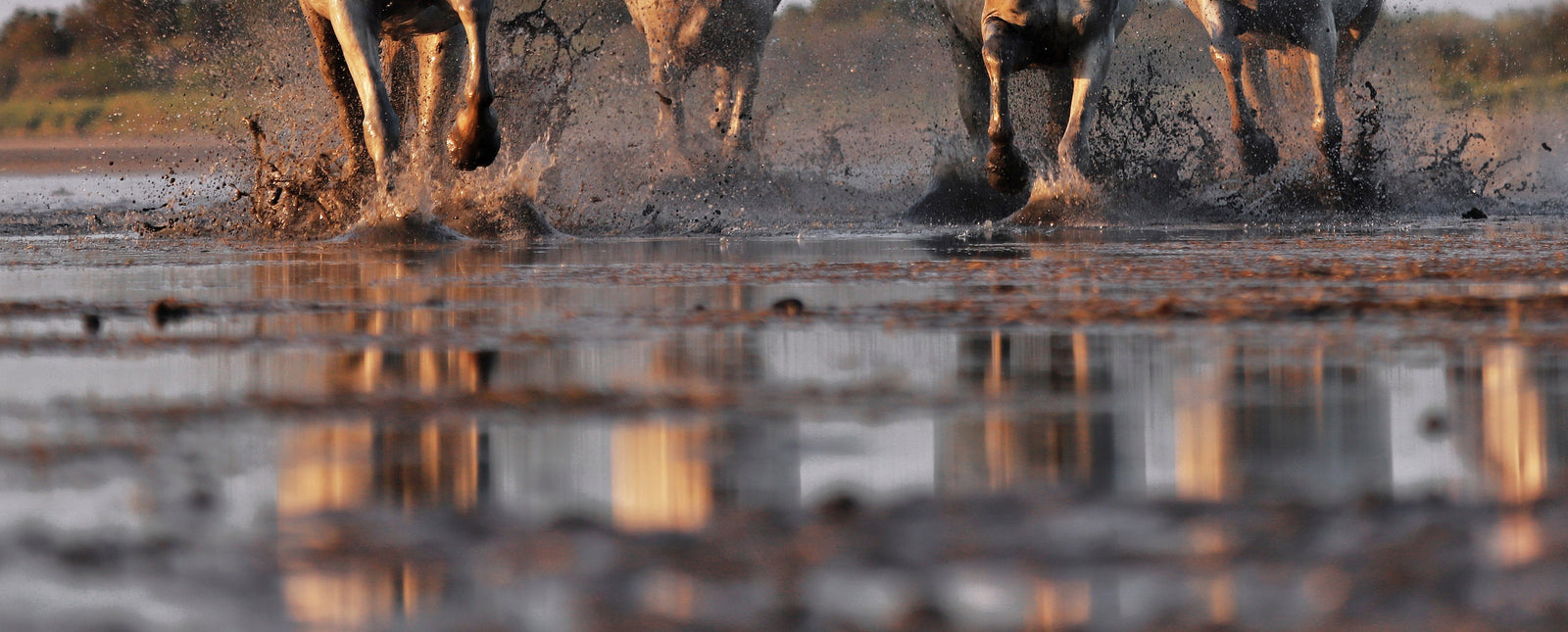
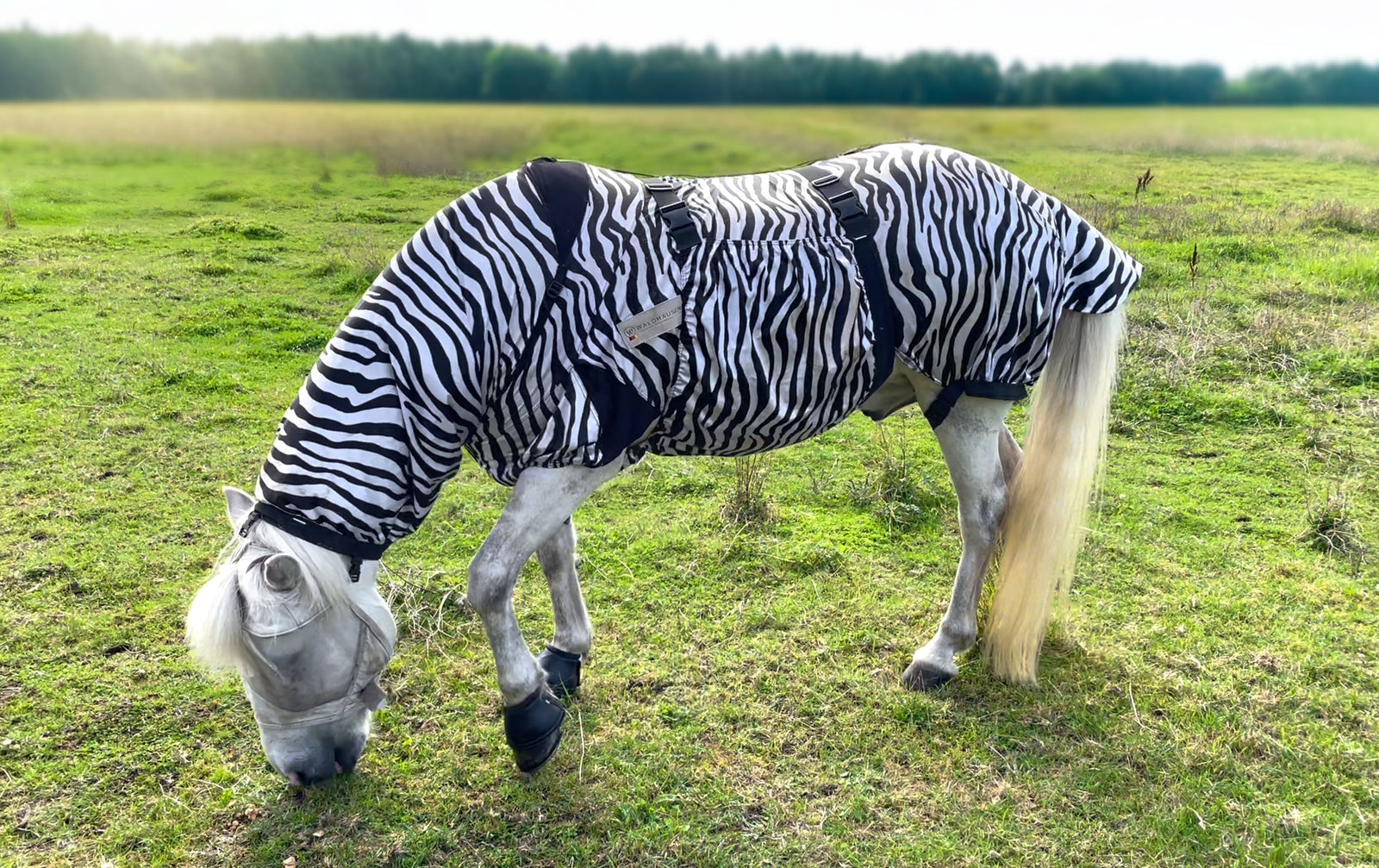
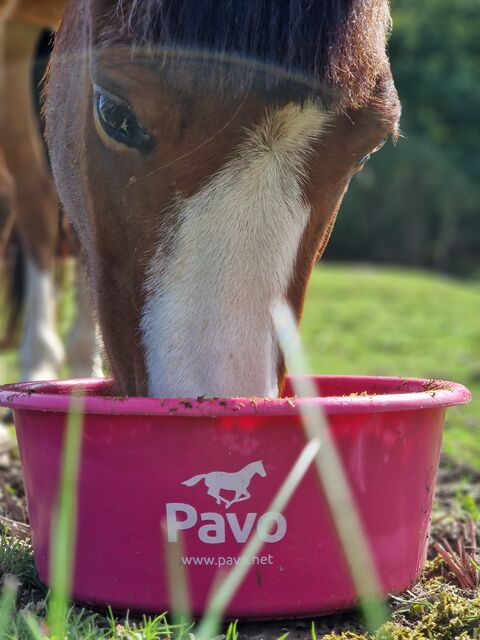












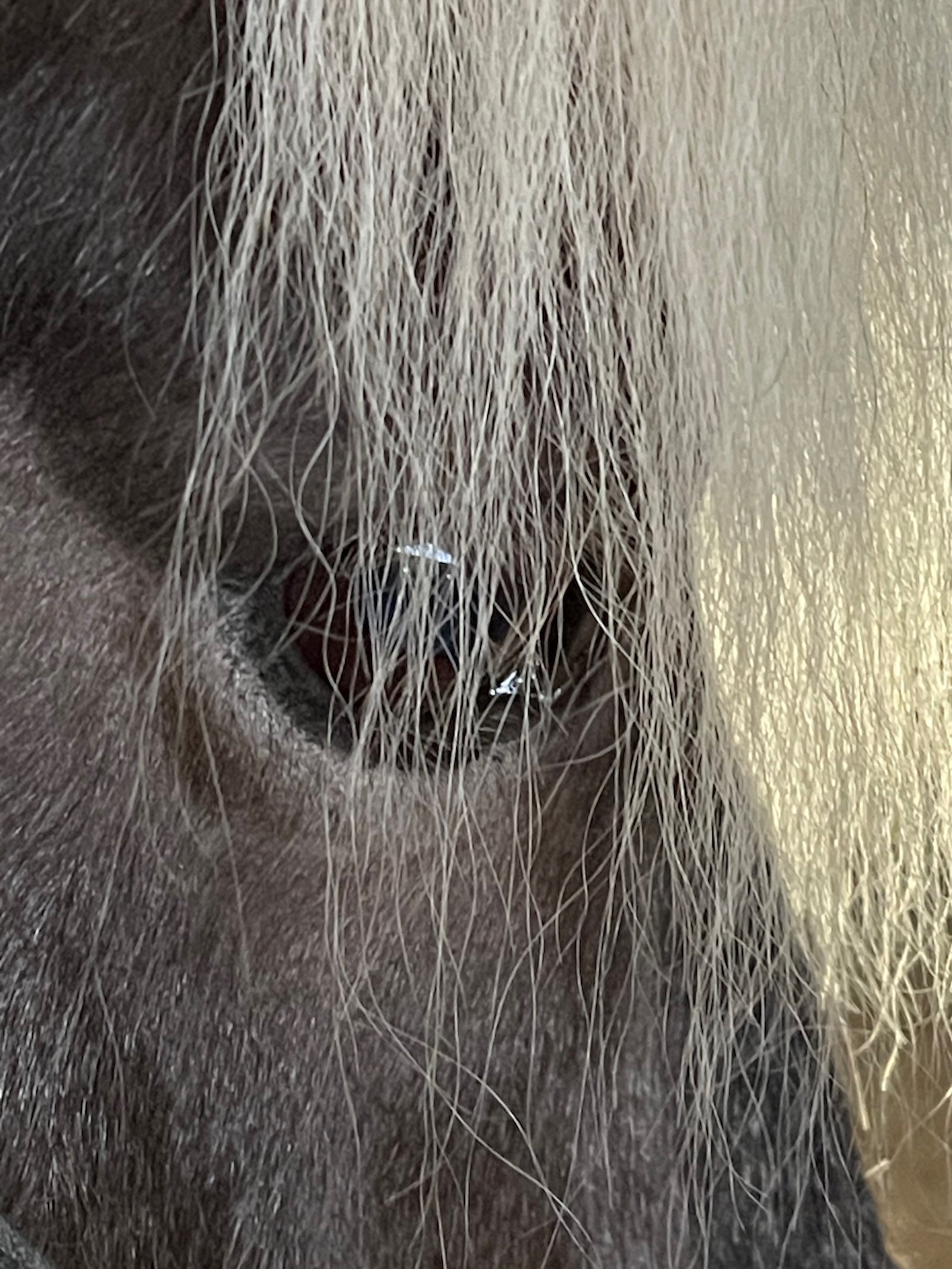
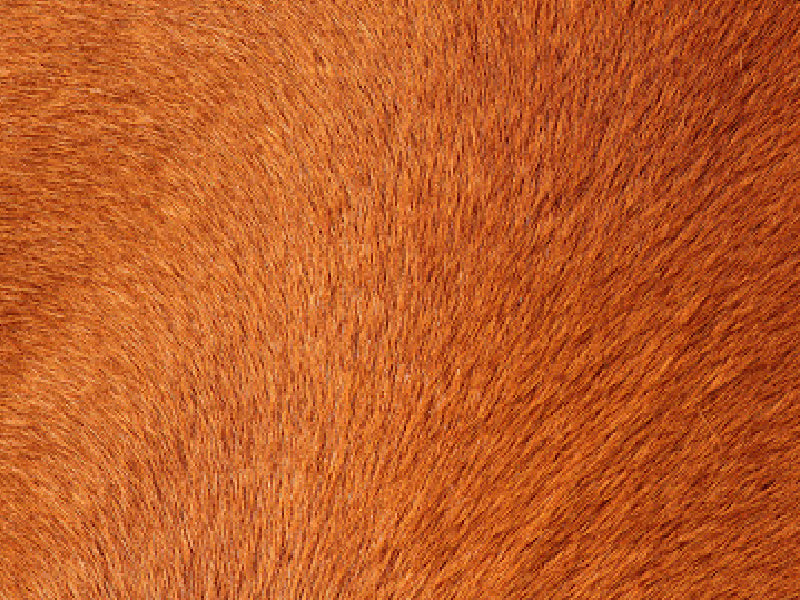


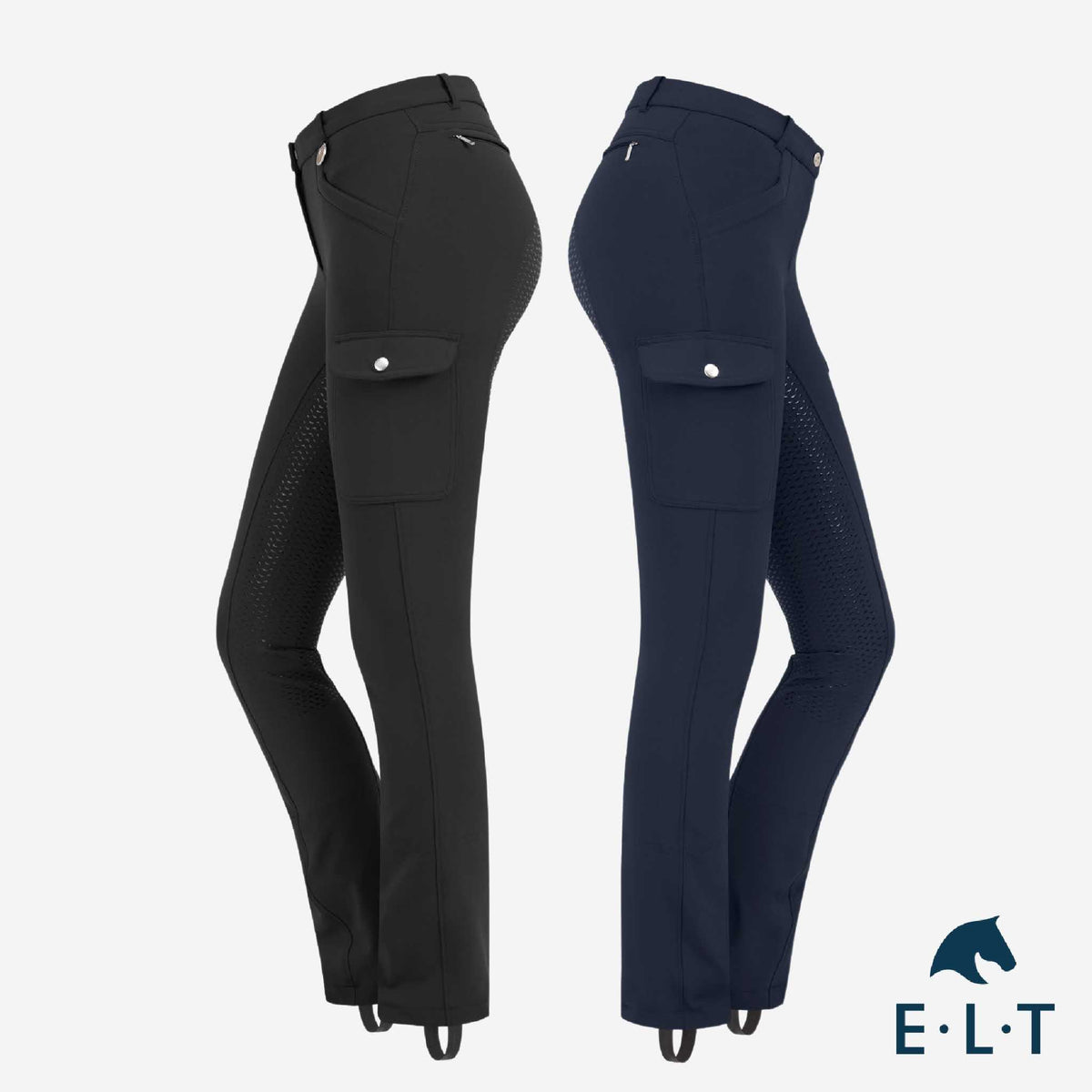
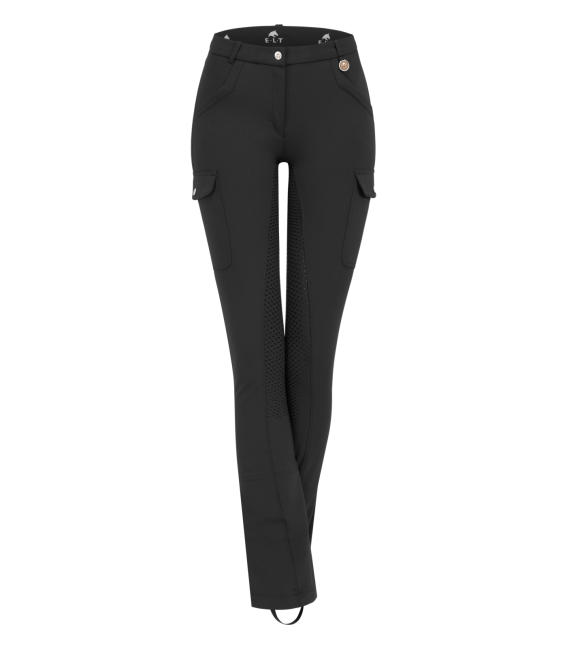
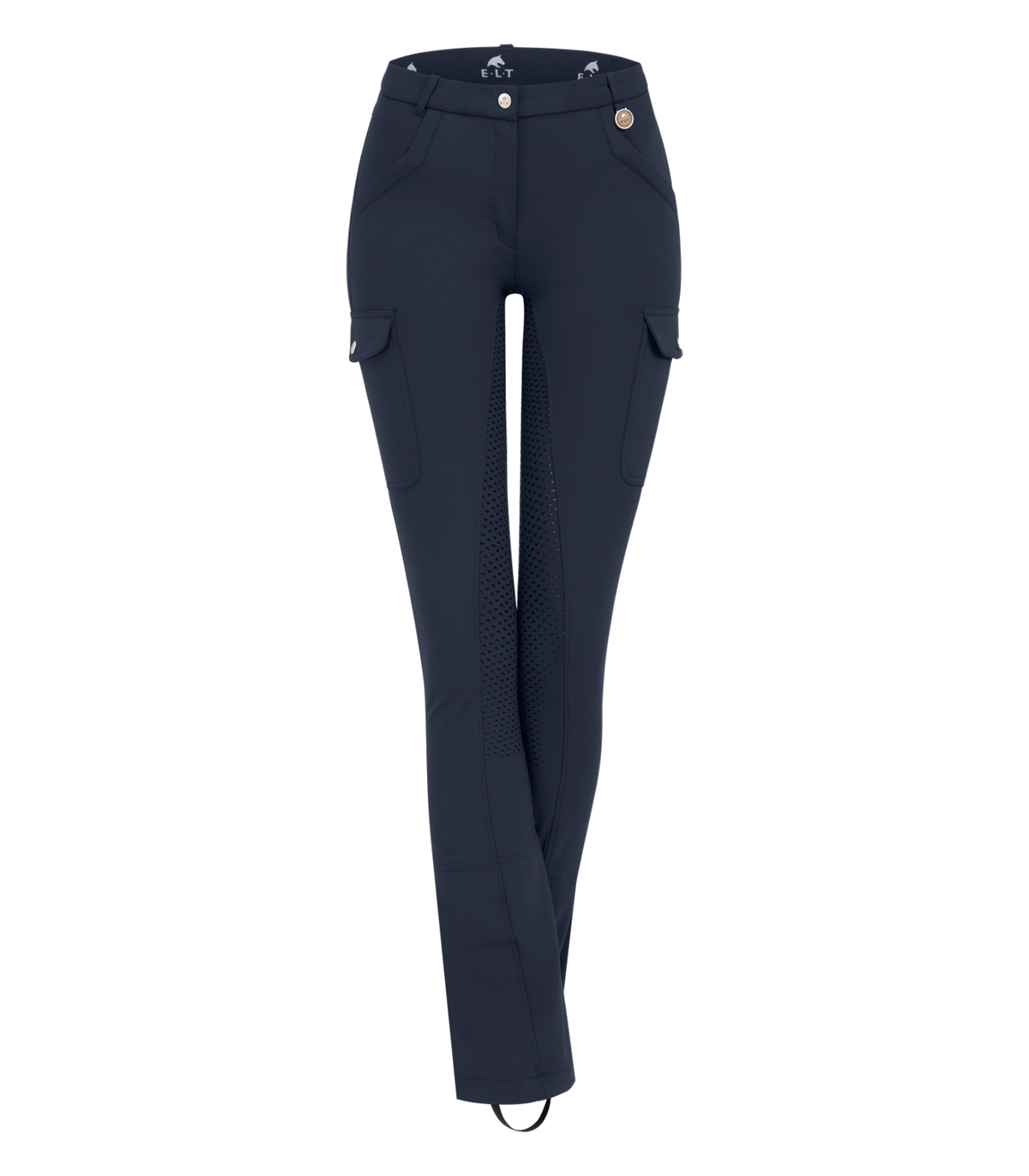
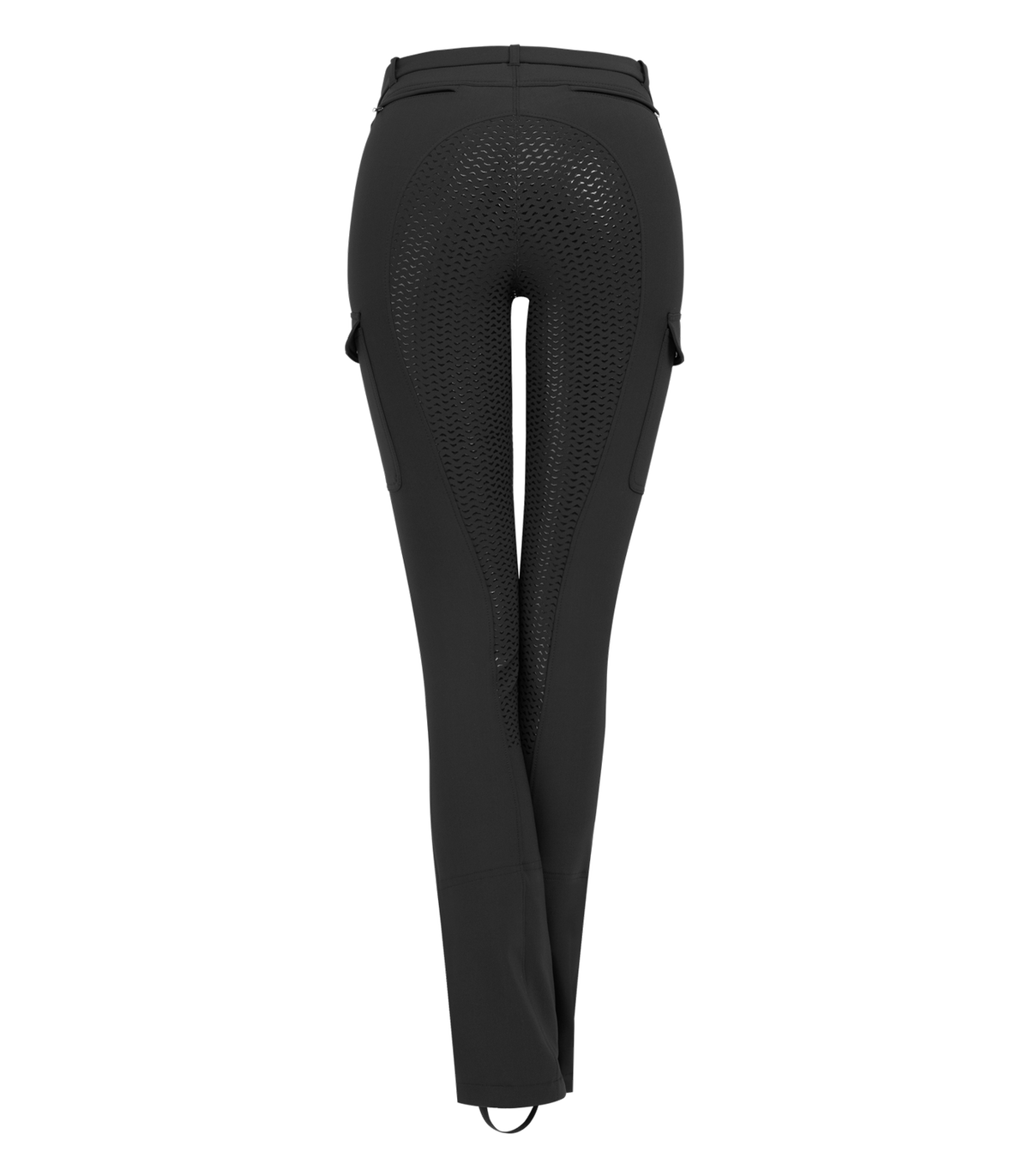
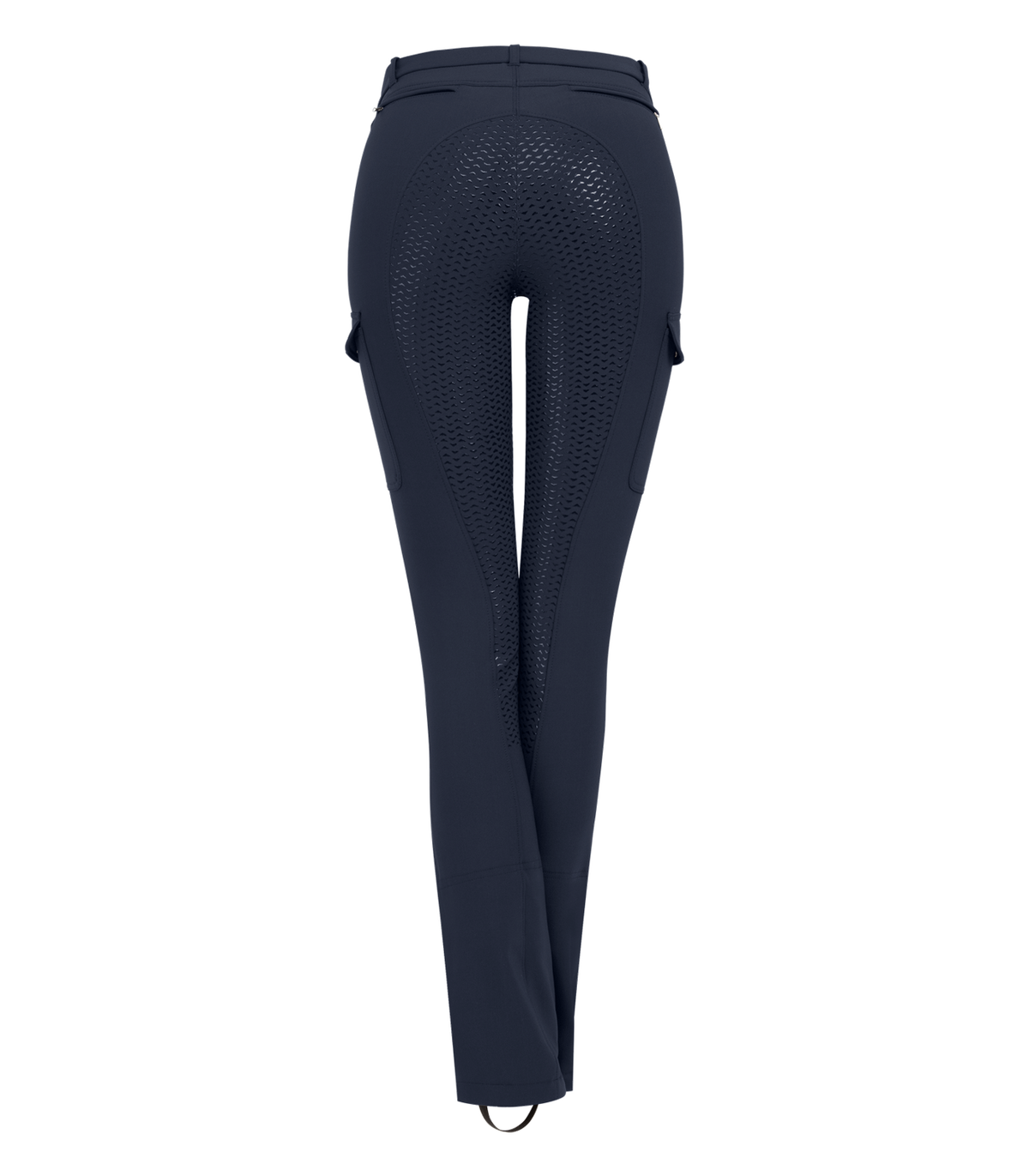
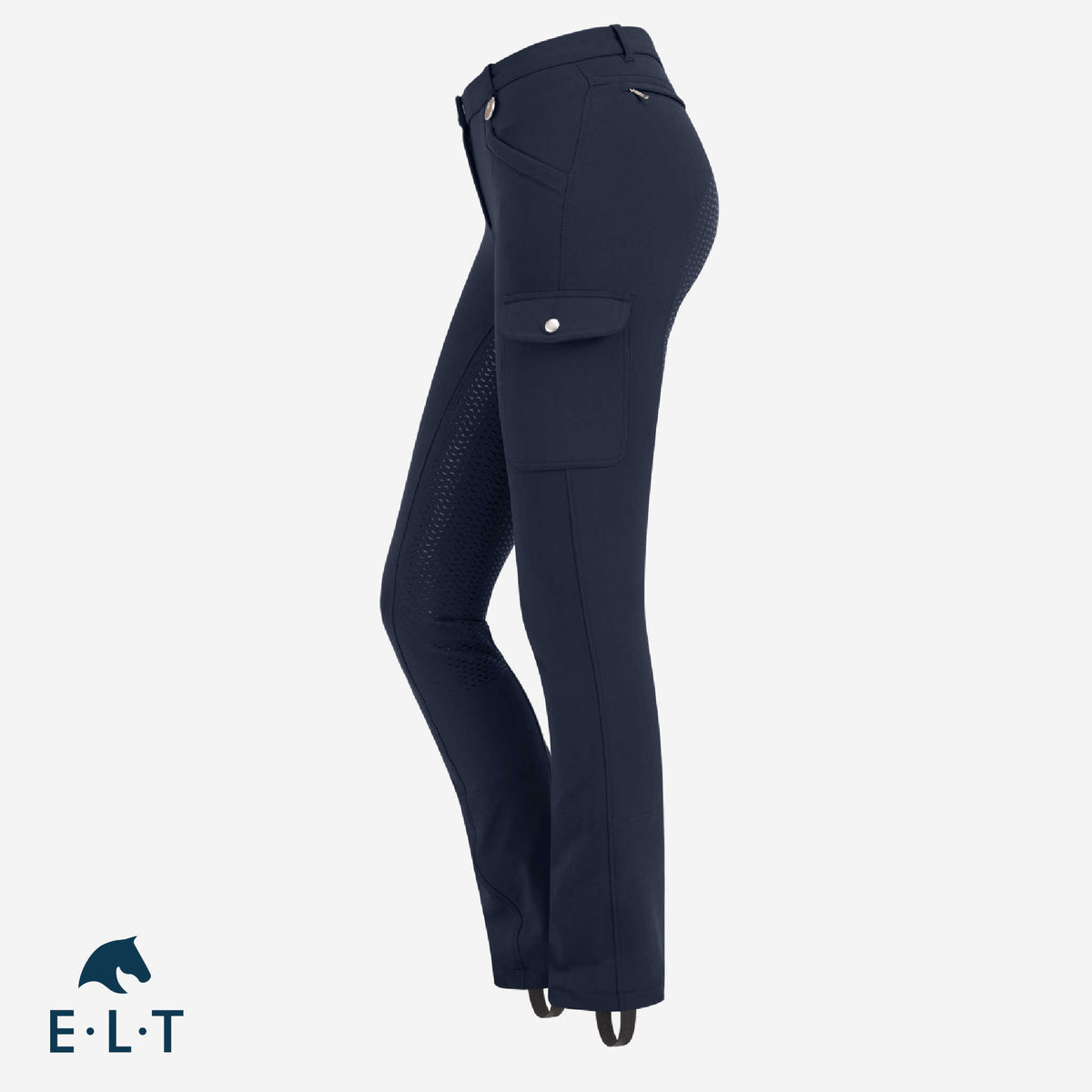

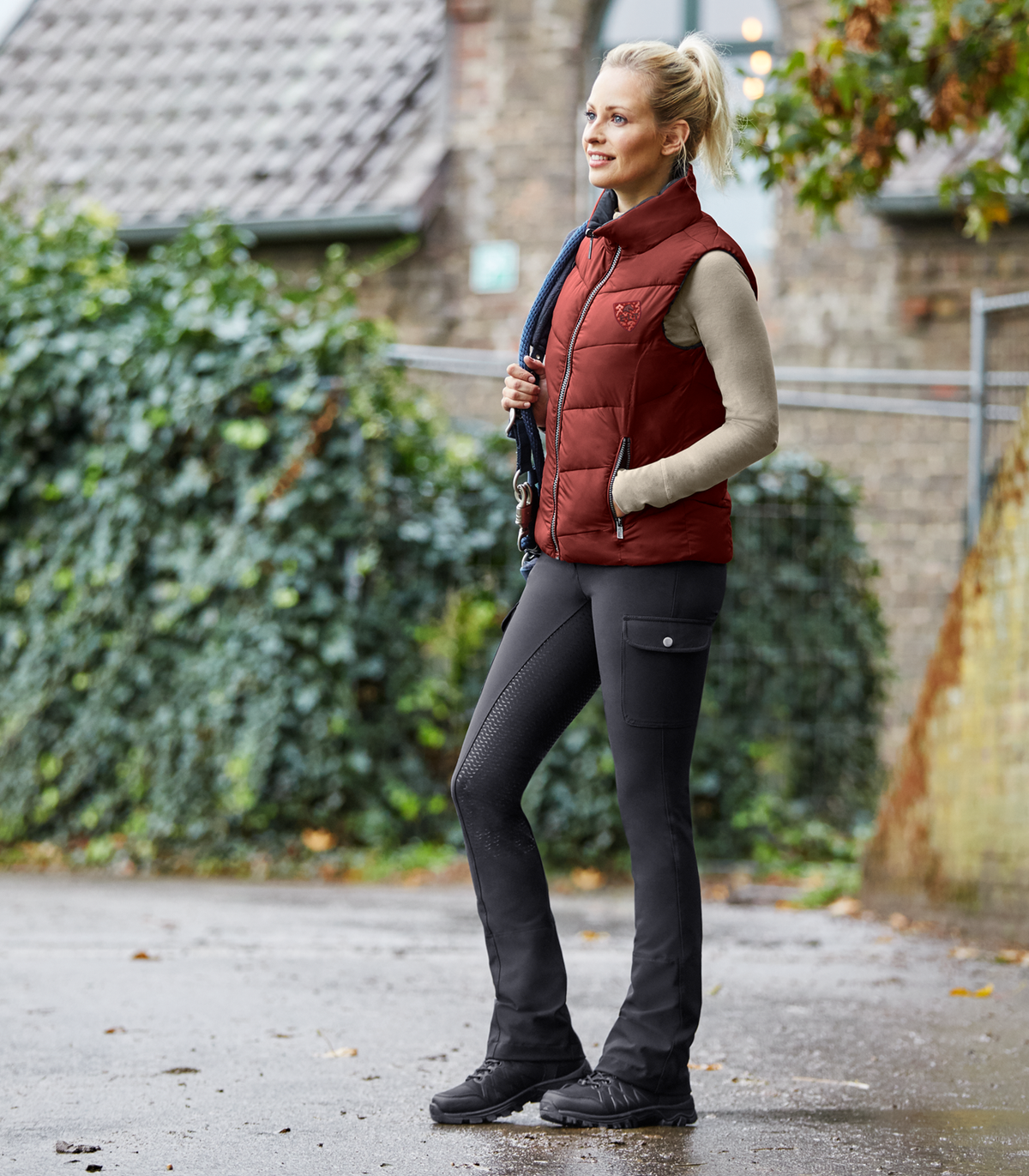




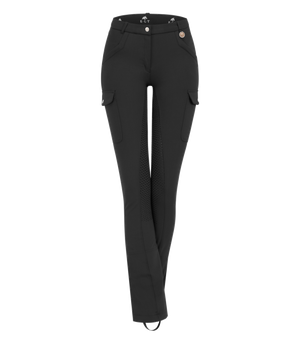
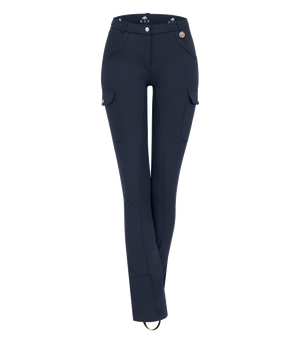

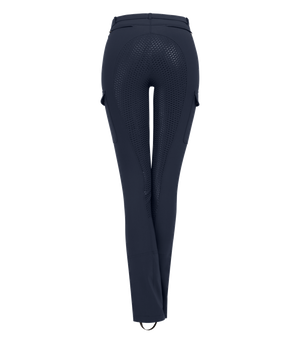
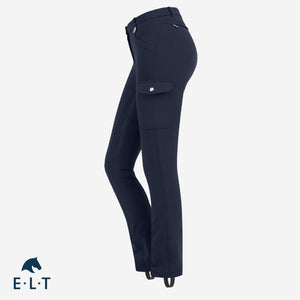

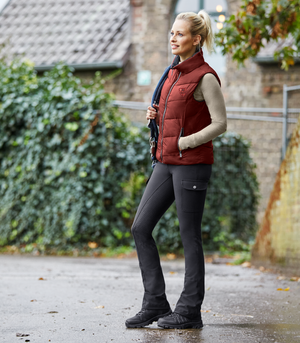




Lotta Jönsson
February 03, 2025
.